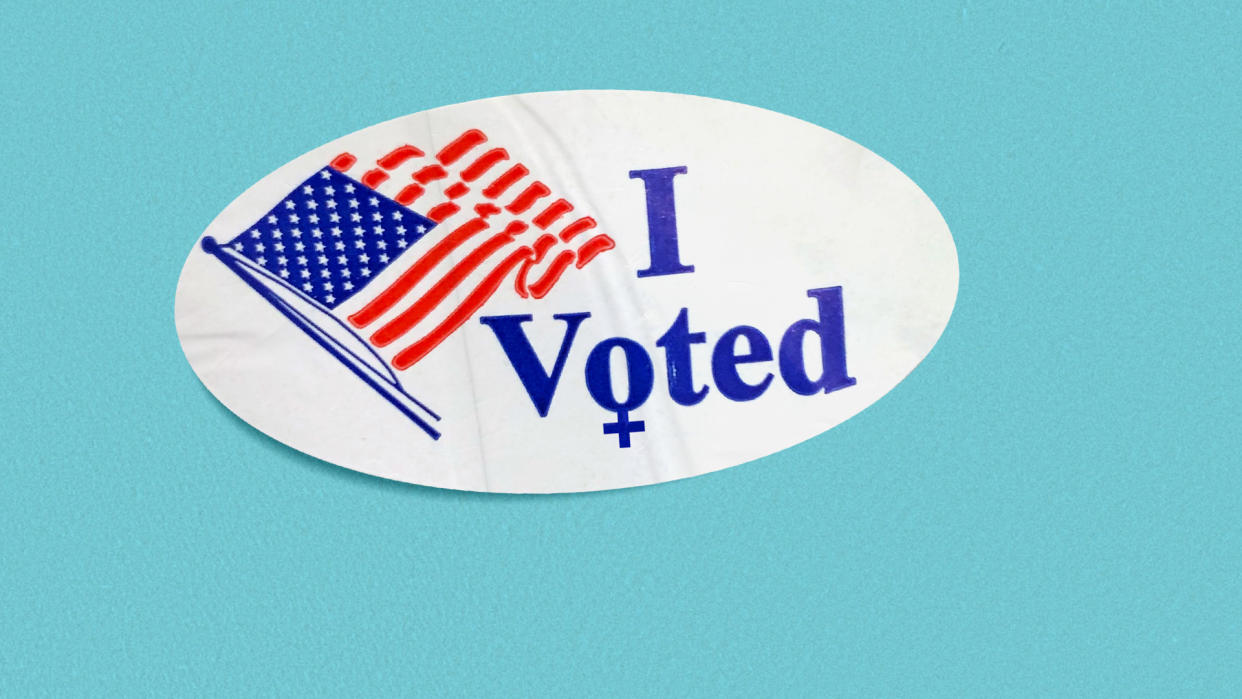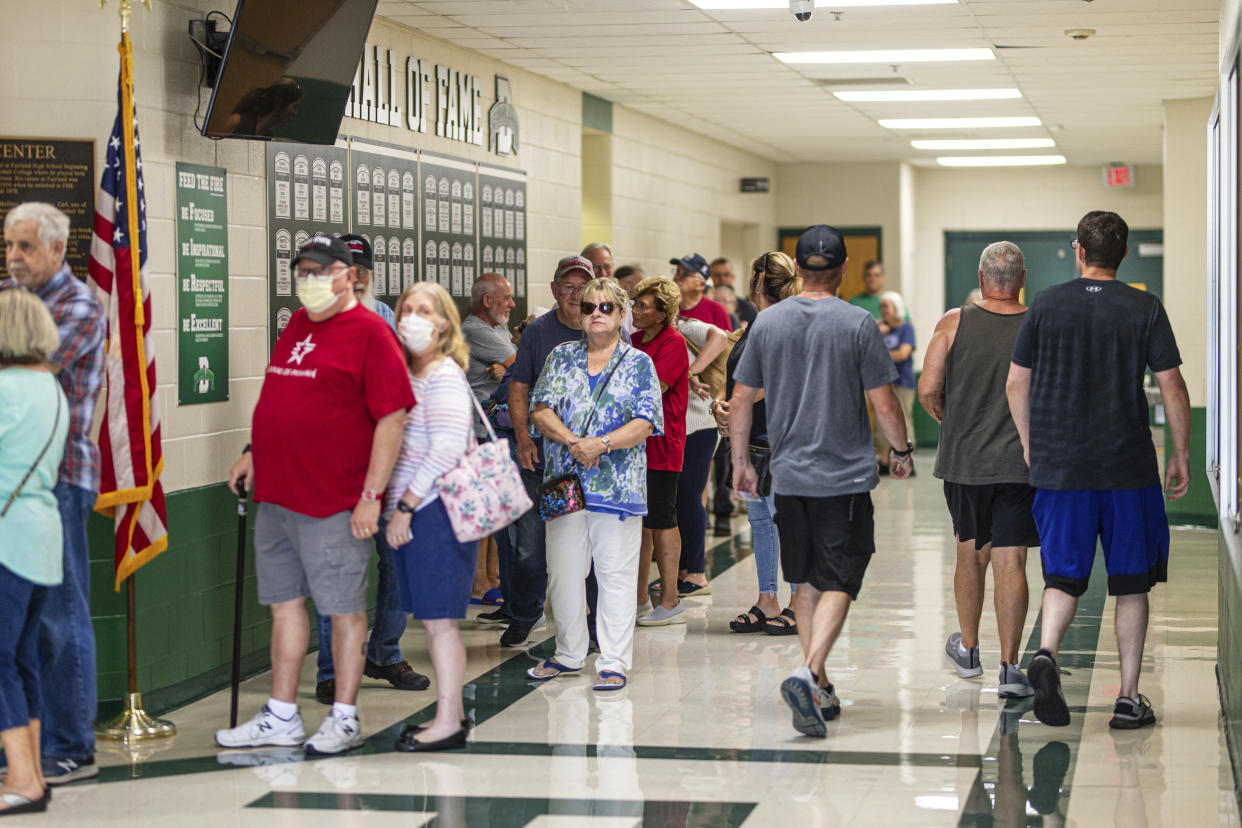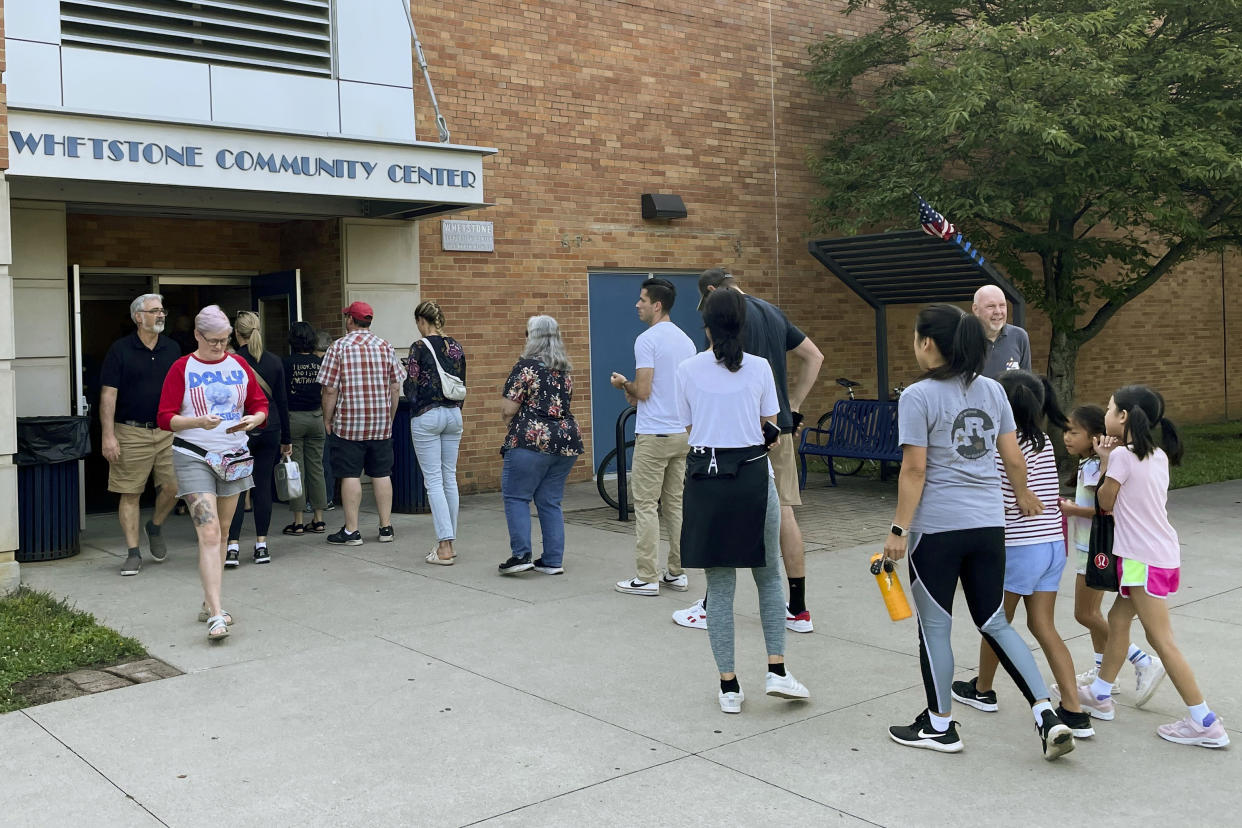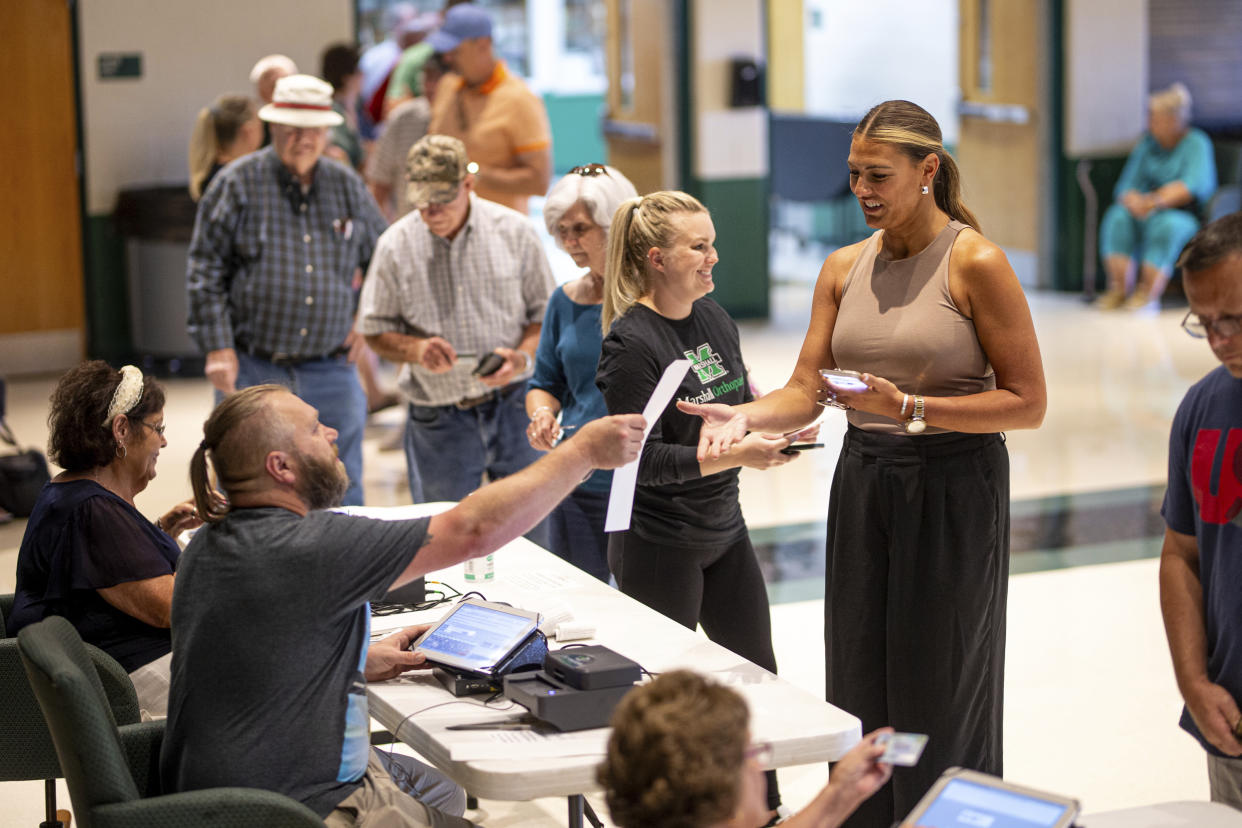Ohio Issue 1: Abortion advocates notch another win in special election

Supporters of expanding access to abortion in Ohio won a major victory Tuesday night, defeating a ballot measure that would have made it more difficult to amend the state’s constitution. The Associated Press called the special election with an estimated 37% of the votes in, declaring that voters in the Buckeye State rejected Ohio Issue 1.
Issue 1 would not have changed abortion policy directly, but it would have raised the threshold to pass a ballot measure in the state from a simple majority to 60%. Republicans in the state Legislature had called the special election, hoping to undercut a vote in November that will decide whether to amend the state’s constitution to establish protections for reproductive health.
The difference between 50% and 60% could make or break the November vote. A poll last month found support for protecting abortion rights at 58%, in line with a survey last fall that found it at 59%.
The campaign for Issue 1
After a lengthy legislative battle, the Ohio Ballot Board approved the measure in May. Tuesday’s vote was the first statewide election held in August since 1926, and the estimated cost of the special, single-issue election was around $20 million.
Millions were spent on the race, with supporters of Issue 1 arguing that raising the bar to pass an amendment to the state’s constitution would protect Ohio from the influence of out-of-state political donors. (The measure’s top financial supporter was an Illinois businessman.) Conservatives also attempted to paint the fight over Issue 1 and November’s vote on reproductive rights as being about parental rights and gender-affirming care for transgender patients.

Opponents argued that the amendment would infringe on freedom and the democratic process in a state that already has a pro-GOP partisan gerrymander. A super-PAC against Issue 1 released an ad last month in which a couple in their bedroom are interrupted by an actor who identifies himself as a Republican legislator, grabs the condom they’re reaching for and says, “Now that we’re in charge, we’re banning birth control.”
Early voting was substantial, with hundreds of thousands of Ohioians returning their ballots before Tuesday. Officials in Cincinnati said that early ballots on Issue 1 were expected to exceed the number cast in the 2022 midterms. The short turnaround from the announcement of the special election to voting day resulted in problems with staffing and even forced a change of location for some polling sites only days before the election, affecting 47,000 voters.

In addition to raising the required vote threshold, the passage of Issue 1 would have also made it harder to get measures on the ballot in the first place, by requiring signatures from all 88 of Ohio’s counties, double the current requirement. It would also have eliminated the current 10-day period allowing for the replacement or correction of signatures that are found to be invalid. Citizen-led voting initiatives in Ohio have been infrequent and rarely successful. Since 1912, when residents gained the ability to propose constitutional amendments, 71 have been proposed, but only 19 have passed.
The Ohio effort is in line with nationwide GOP attempts to make it more difficult to introduce ballot measures. Across the country, even states that generally vote Republican have been supporting not just abortion rights but issues like expanding Medicaid and legalizing marijuana.
One year ago, Republican lawmakers in Kansas sought to pass a constitutional amendment eroding abortion protections, by putting the issue to a vote in a late-summer ballot. Such elections typically attract fewer voters than those held in November. The Kansas amendment, however, was soundly rejected.
The present and future of abortion policy in Ohio
Abortion is currently legal in Ohio until fetal viability, or about 22 weeks of pregnancy. After the Supreme Court’s decision last summer to overturn Roe v. Wade, Ohio lawmakers passed a bill that banned abortion after six weeks. As a result of the new law, in July last year, the case of a 10-year-old rape victim from Ohio drew attention. At just over six weeks pregnant, she had to travel to neighboring Indiana for an abortion.
A judge has since blocked the law, but the ruling is currently being appealed, leaving open the possibility of an effective statewide abortion ban. (Medical experts who have spoken to Yahoo News have argued that describing legislation to limit abortions after six weeks as “heartbeat bills” is misleading.)
In the meantime, the right to an abortion is not explicitly protected by the state’s constitution. That could change in November, when the Buckeye State will vote directly on a measure titled “The Right to Reproductive Freedom with Protections for Health and Safety.”

Issue 1 was placed on the ballot by the state Legislature, but the abortion amendment is a citizen-led measure that will come to voters after organizers acquired 500,000 signatures from 55 counties, exceeding the requirement, a total of 413,487 signatures from 44 counties. If approved in November, it would establish a right for every Ohio resident to “make and carry out one’s own reproductive decisions,” which include abortion, contraception, miscarriage care, fertility treatment and continuing pregnancy.
The results of Tuesday’s special election eliminate one hurdle for abortion rights advocates before November’s election, allowing for passage of the constitutional protection by a simple majority of votes.
In the November midterms last year, California, Michigan and Vermont voters passed ballot initiatives that enshrined the protection of abortion rights in their state constitutions. Next year, voters in New York and Maryland will also decide on similar measures.


